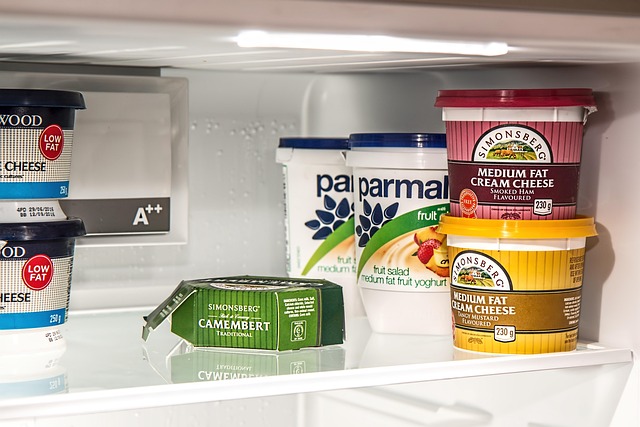Lunch Boxes: Choosing, Packing, and Caring for Them
A reliable lunch box makes daily meals easier, whether for school, work, or travel. This article explains common types of lunch boxes, how to select a suitable container, packing strategies to keep food fresh and balanced, and basic care to extend the life of your box. Practical tips aim to help readers compare popular products and make informed choices for different needs.

What is a lunch box and common styles
A lunch box is any portable container designed to carry a meal and snacks. Styles range from simple insulated bags and single-compartment boxes to compartmentalized plastic or stainless-steel containers. Bento box–style lunch boxes are modular and emphasize portions and variety, often with snap or silicone seals for leak resistance. Insulated soft-sided boxes focus on temperature control, while hard containers tend to offer more durability and stackable storage for multiple items.
How does a bento box differ from other containers
A bento box typically features multiple compartments or removable trays to separate foods and control portions. This design encourages variety—vegetables, proteins, grains, and fruit each have their own space—reducing mixing and maintaining textures. Many bento boxes also include dividers or inner lids to prevent leakage between sections. Compared with single-compartment containers, bento boxes are especially useful for meals that benefit from separation, such as salads with dressings, dips, or crisply textured items.
What to pack for a balanced meal in a lunch box
A balanced lunch in a lunch box should include a mix of protein, whole grains, vegetables or fruit, and a small healthy fat. Think lean protein (e.g., grilled chicken, tofu, beans), a whole-grain base (brown rice, whole-grain bread), and colorful vegetables or fruit for vitamins and fiber. Snacks such as nuts or yogurt can round out the meal. Portion control is easier in a bento box with compartments; for a single-compartment container, use small reusable silicone cups or separate containers for wet and dry items to preserve texture.
How to choose the right container material and features
Material affects weight, durability, and cleaning. Stainless steel containers are durable, often leak-resistant when well designed, and free from stains and odors; they may not be microwave-safe. BPA-free plastic containers are lightweight and frequently microwave-safe, but can retain stains or odors over time. Silicone is flexible and useful for collapsible containers or internal separators. Look for features such as airtight lids, removable compartments, insulation for temperature control, and ease of cleaning—dishwasher-safe parts reduce maintenance time.
Care, cleaning, and food safety for lunch boxes
Regular cleaning prevents odors and bacterial buildup. Disassemble compartments and wash lids, seals, and trays after each use with warm soapy water; many containers have dishwasher-safe components but confirm manufacturer guidance. For insulated bags, wipe the interior and air dry fully to prevent mold. Keep perishable food chilled with an ice pack, especially in warm weather. When reheating, follow container instructions: stainless steel is not microwave-safe, whereas many plastics are. Inspect seals and hinges periodically for wear and replace parts if integrity declines.
| Product/Service Name | Provider | Key Features | Cost Estimation (if applicable) |
|---|---|---|---|
| Yumbox Original | Yumbox | Compartmentalized, leak-resistant inner lids, BPA-free | $25–$35 |
| Bentgo Classic | Bentgo | Multiple compartments, snap-lock lid, dishwasher-safe | $15–$30 |
| LunchBots Trio | LunchBots | Stainless steel, three sections, durable and stain-resistant | $20–$40 |
| Thermos Stainless Lunch Jar | Thermos | Vacuum insulated, keeps food hot/cold, durable | $20–$40 |
| Sistema Bento Collection | Sistema | Modular plastic containers, microwave-safe, stackable | $8–$20 |
Prices, rates, or cost estimates mentioned in this article are based on the latest available information but may change over time. Independent research is advised before making financial decisions.
Conclusion
Selecting the right lunch box depends on how you use it: choose compartments and seals if you prefer variety and separation, pick insulation when temperature control matters, and favor stainless steel for durability. Pack balanced meals with separate spaces for wet and dry items, maintain hygiene through regular cleaning, and replace parts that compromise safety. With these considerations, a lunch box becomes a practical tool for convenient, safe, and enjoyable meals away from home.






